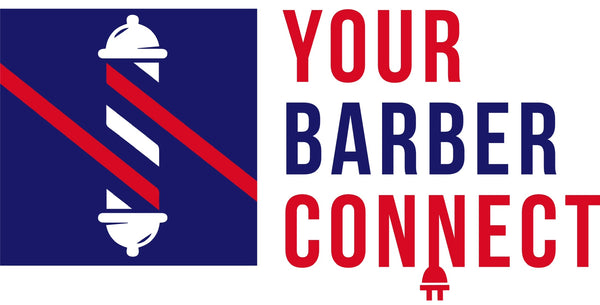
Why is The Barber Industry Still Unorganized
Share

In the bustling world of personal care and grooming, the barber industry stands out as a cornerstone of community, tradition, and craftsmanship. Despite its vibrant culture and deep historical roots, this sector remains notably unorganized and lacks widespread unionization. This situation is a double-edged razor, presenting unique challenges and opportunities. Let's trim down the reasons behind this phenomenon and explore what it means for barbers and their shops.
A Culture of Independence
At the heart of the barbering profession is a strong sense of individualism and entrepreneurship. Many barbers view their craft as an art form, expressing their creativity and skill through each cut and shave. This drive for personal expression often leads to a preference for autonomy over collective bargaining. Barbers typically aspire to own their shops, fostering a culture where independence is prized over unionized organization.
Fragmented Structure
The industry is characterized by its fragmented structure, with a vast number of small, independently owned barber shops spread across urban and rural landscapes. This dispersion makes it challenging to organize barbers under a single umbrella. Unlike industries with large factories or corporations where workers share a common space, barbers are often isolated, making it difficult to rally around shared issues or initiatives.
Regulatory Diversity
Regulations and licensing requirements for barbers vary significantly from one region to another, contributing to the industry's lack of cohesion. This diversity in standards and practices complicates efforts to form unified groups or unions that can advocate for the profession as a whole. While some areas may have more stringent regulations, others may be more lax, leading to a patchwork of professional standards that hinder collective action.
Economic Barriers
Unionization and organization require resources, including time, money, and legal support. Many barbers, particularly those in smaller or independent shops, operate with slim margins and may view union dues as an unnecessary expense. Furthermore, the time and effort needed to organize and maintain a union or professional association can be daunting for busy professionals focused on growing their businesses and serving their clients.
The Path Forward
Despite these challenges, there are signs of change. Social media and technology have begun to bridge the gap between barbers, allowing for greater collaboration and sharing of ideas. Professional associations and informal networks are emerging, offering support, education, and advocacy for barbers. These platforms can serve as a foundation for more organized efforts in the future, potentially leading to greater unity and representation within the industry.
The barber industry's lack of organization and unionization stems from a unique blend of cultural independence, fragmented structure, regulatory diversity, and economic barriers. While these factors have kept the industry loosely knit, the rise of digital platforms and networks offers new avenues for connection and collaboration. As barbers and shop owners navigate these opportunities, the industry may find innovative ways to unite and advocate for its needs, maintaining its cherished sense of individualism while embracing the strength of collective action.
So, while the road to a more organized and possibly unionized barber industry is fraught with challenges, it's not beyond reach. The spirit of the barbering community, coupled with modern tools and a growing recognition of common interests, could very well pave the way for a new era of professionalism and solidarity.
